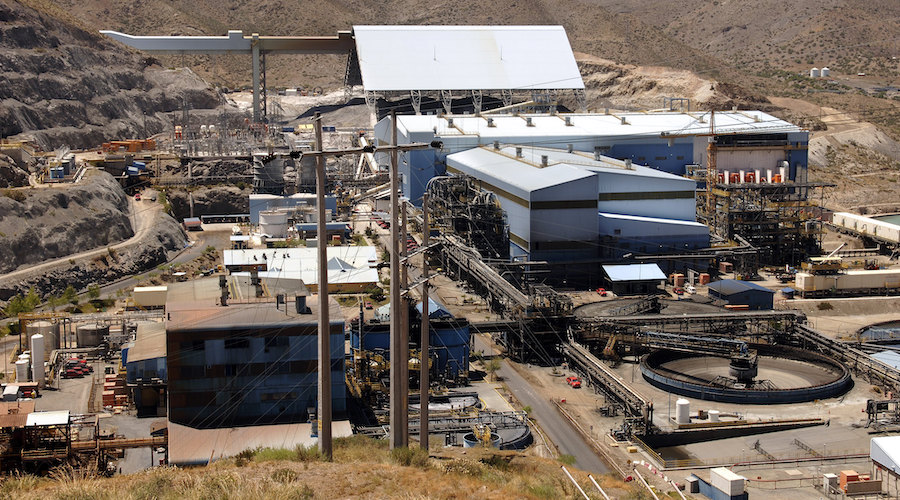Valentina Ruiz Leotaud | July 31, 2022 |

Los Pelambres miner. (Image by Antofagasta, Flickr).
Chilean miner Antofagasta (LON: ANTO) announced that the desalination plant that is part of the $2.2-billion expansion of Los Pelambres is 86% complete while the offshore infrastructure that is meant to bring in the seawater is 87% complete.

According to the miner, this project will turn Los Pelambres into the first mining operation that uses seawater to produce copper in Chile’s central region, and it will benefit both the existing and expanded operation in cases of prolonged or severe drought.
Construction is slated to be finished by the end of the year, and the plant is expected to provide 400 litres per second of industrial-quality desalinated water.
“This desalination plant will allow us to start incorporating desalinated water into our processes, with which we not only move forward in creating a sustainable operation but also adapt to the long drought caused by climate change,” Alejandro Vásquez, general manager of Minera Los Pelambres, said in a media statement.
“This is the first of many investments that we are putting forward to be able to use mainly desalinated and recycled water starting in 2025.”
How it works
Vásquez explained that a gravitational capture system that doesn’t employ a motor or suction will feed the plant with seawater using an 800-metre-long pipe that is topped with a filter.
The executive also said that of every 10 litres of seawater that enter this desalination plant, five will be returned without any change in temperature or additional chemical components but will have twice the regular salt content.
To deal with the extra salty water, a discharge system will be set up, including a pipeline that will be located one kilometre offshore and 26 metres deep. The submarine pipe is 1.2 metres in diameter and will have 10 diffusers to facilitate the dilution of salt in the sea aided by sea currents.
“According to the studies we’ve performed, seven metres from this diffuser, there will no longer be any difference between the discharge and normal seawater,” Vásquez said. “Feedback regarding the operation of hundreds of similar desalination plants around the world, some of them in northern Chile, shows that they have no negative impact on the marine environment.”
The manager of Los Pelambres said that regardless of the evidence from elsewhere, his team will carry out continuous monitoring of the marine environment, in accordance with the provisions of the Environmental Qualification Resolution that authorized the construction and operation of the plant.
The mine’s expansion project is ongoing and expected to add 60,000 tonnes of copper a year over the first 15 years to Antofagasta’s overall production and boost throughput at the plant from 175,000 tonnes of ore a day to an average of 190,000 tonnes a day, and plans for further expansion are also underway.
If Antofagasta can secure the required environmental and regulatory approvals for that second project, the company is considering doubling the capacity of the desalination plant. This means that the facility will allow for 90% of the operation to run using desalinated and recycled water starting in 2025.
“This way, we can stop using water from the Choapa River,” Vásquez said.
No comments:
Post a Comment